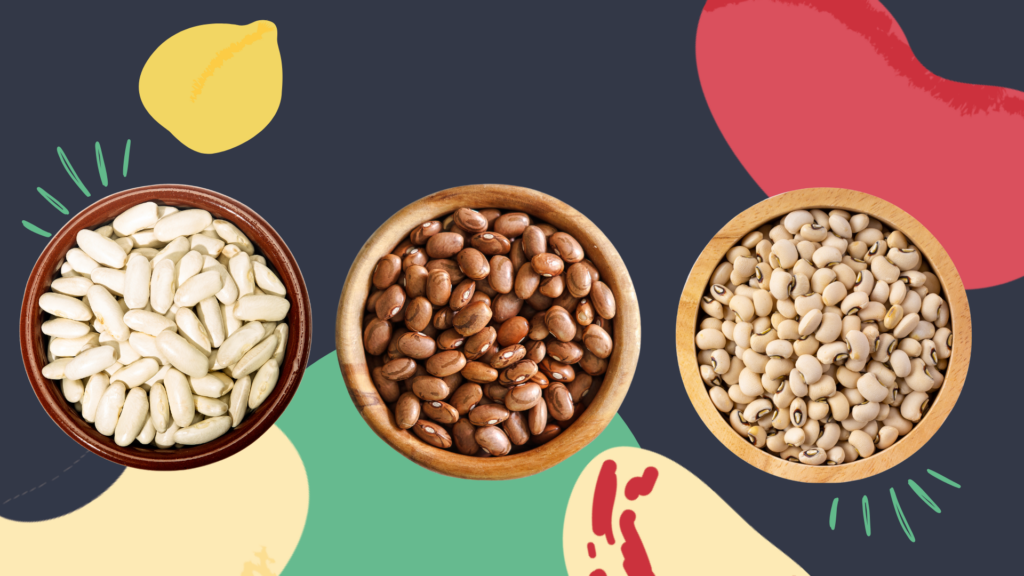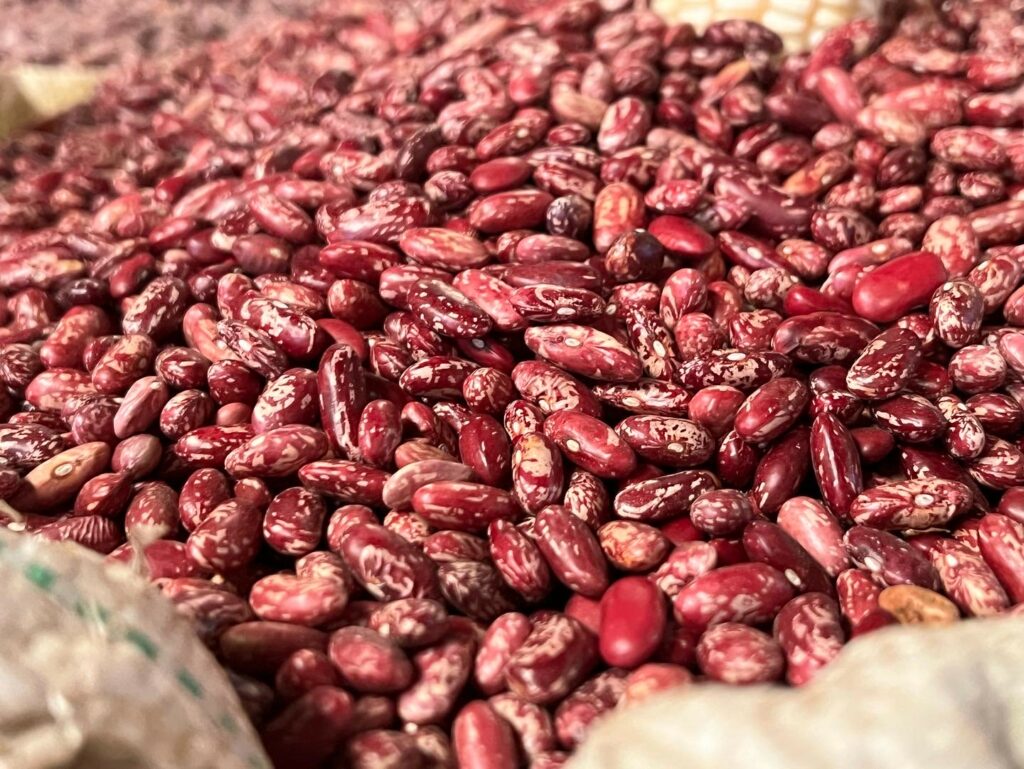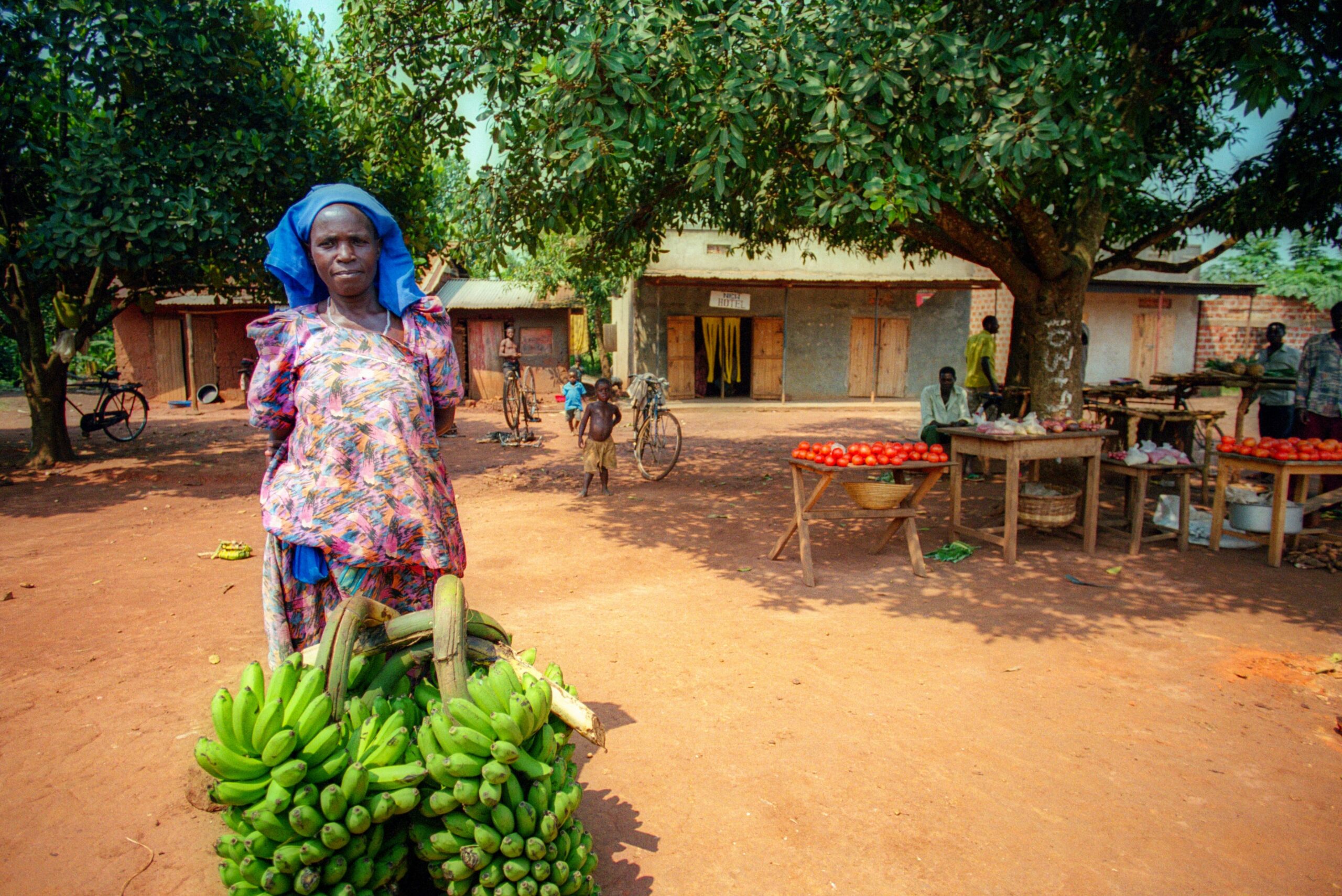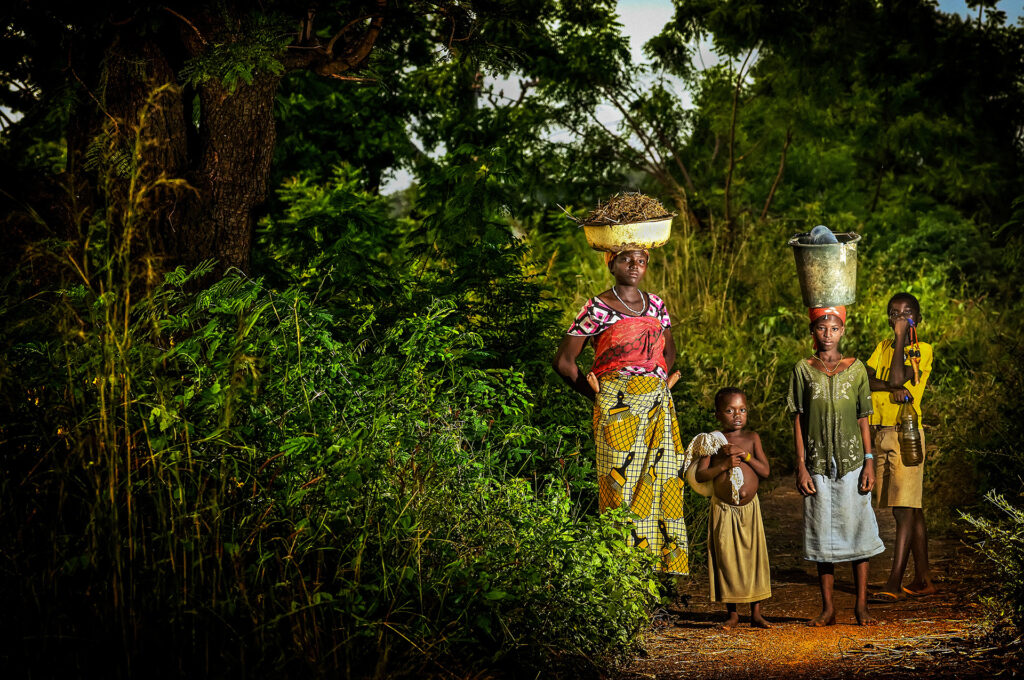“We cannot tire or give up. We owe it to present and future generations of all species to rise up and walk!”
– Wangari Maathai
Africa Environment Day takes place every year on 3rd March, to honour the trailblazing work of Nobel Laureate, Wangari Maathai. The environmental activist from Kenya is possibly most recognised for her work founding the Green Belt Movement (GBM), which in the face of drought and food insecurity was dedicated to addressing deforestation and environmental degradation.
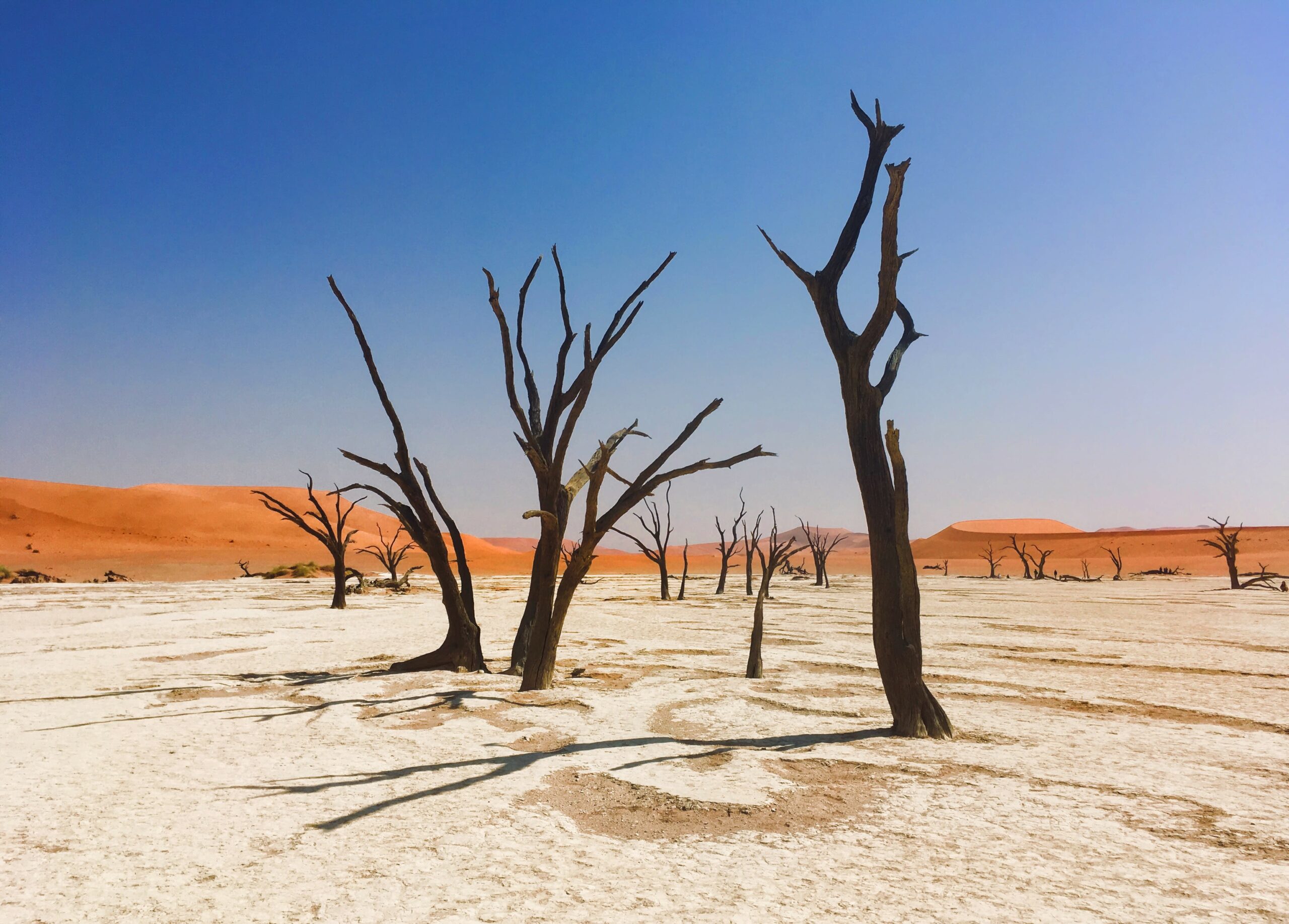
Recognising that rural women are often on the front lines of negative environmental impacts, the movement focused on strengthening women’s agricultural livelihoods. Since 1997 GBM communities have planted over 52 million trees!
But this is far from complete. Nearly 83% of people in sub-Saharan Africa are dependent on land for their livelihoods yet two thirds of the land is highly degraded as most trees disappear, threatening food and nutrition security of the poorest who are on the frontlines of the climate crisis.
800 million people in Africa are already affected by moderate or severe food insecurity and 281.6 million are undernourished. Good food is everything. Yet, environmental degradation, induced largely by climate change, has rendered smallholder farmers food insecure. This reality pushes us not just to rethink the legacy of Wangari Maathai, but to enact better policies and adaptation finance to strengthen livelihoods.
Forests will enable farmers in Africa to provide Good Food for All
Nearly 4 million hectares of African forests are being cut down each year, at almost double the speed of the world’s deforestation average. This is happening due to unsustainable agricultural expansion, commercial logging, weak government policies, and small-scale charcoal burning for some forest-dependent communities with devastating impact on food production and access to clean water.
For example, over the last 10 years deforestation in Malawi (14%) has had the same magnitude of effect on access to clean drinking water as that of a 9% decrease in rainfall.
In Niger, farmers have regenerated 5 million hectares of land since the disastrous droughts in the 1970s and 80s destroyed the local agriculture. Ever since, over 200 million trees have been grown and the impact is accounted for. Over 2.5 million people have access to food and an extra income.
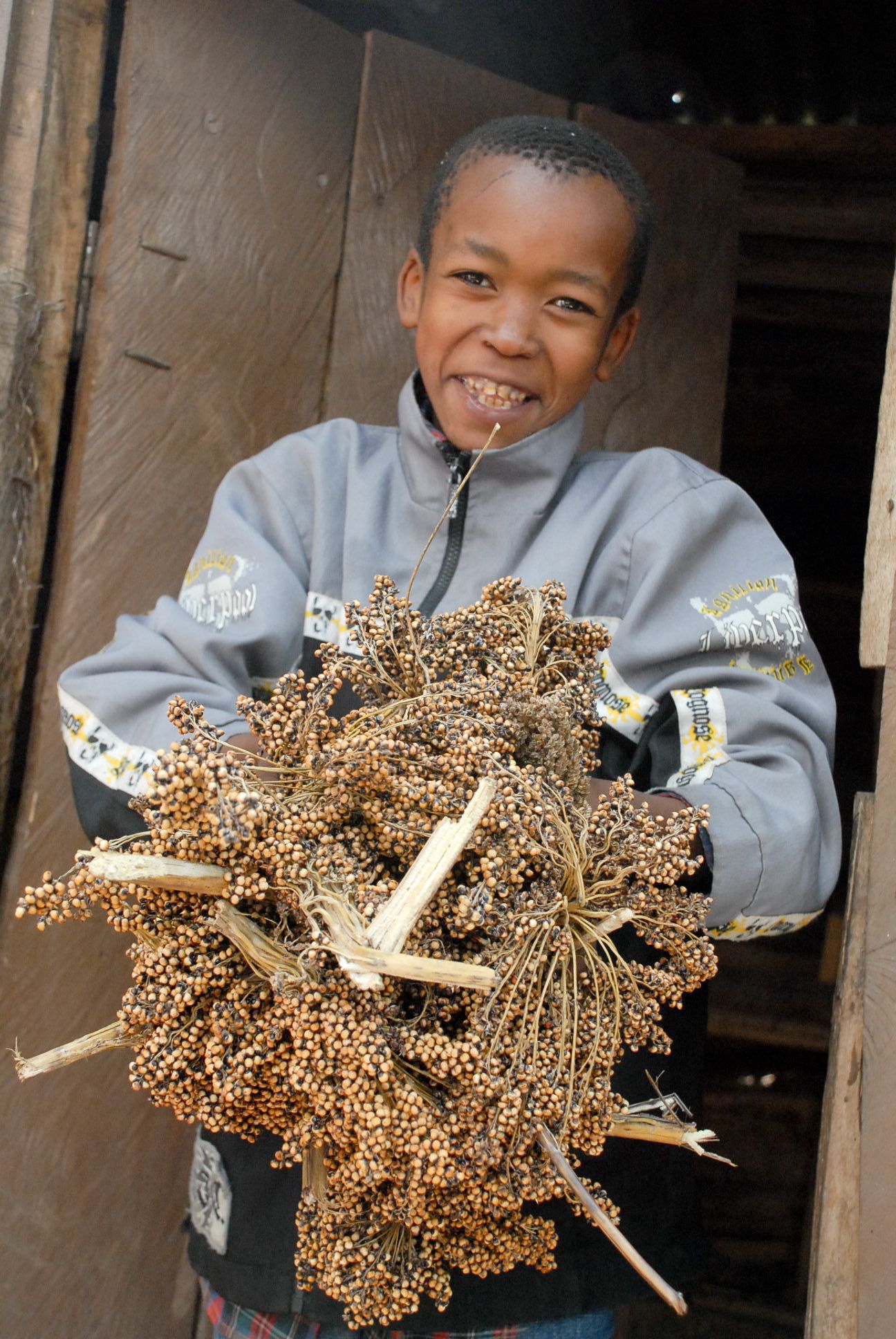
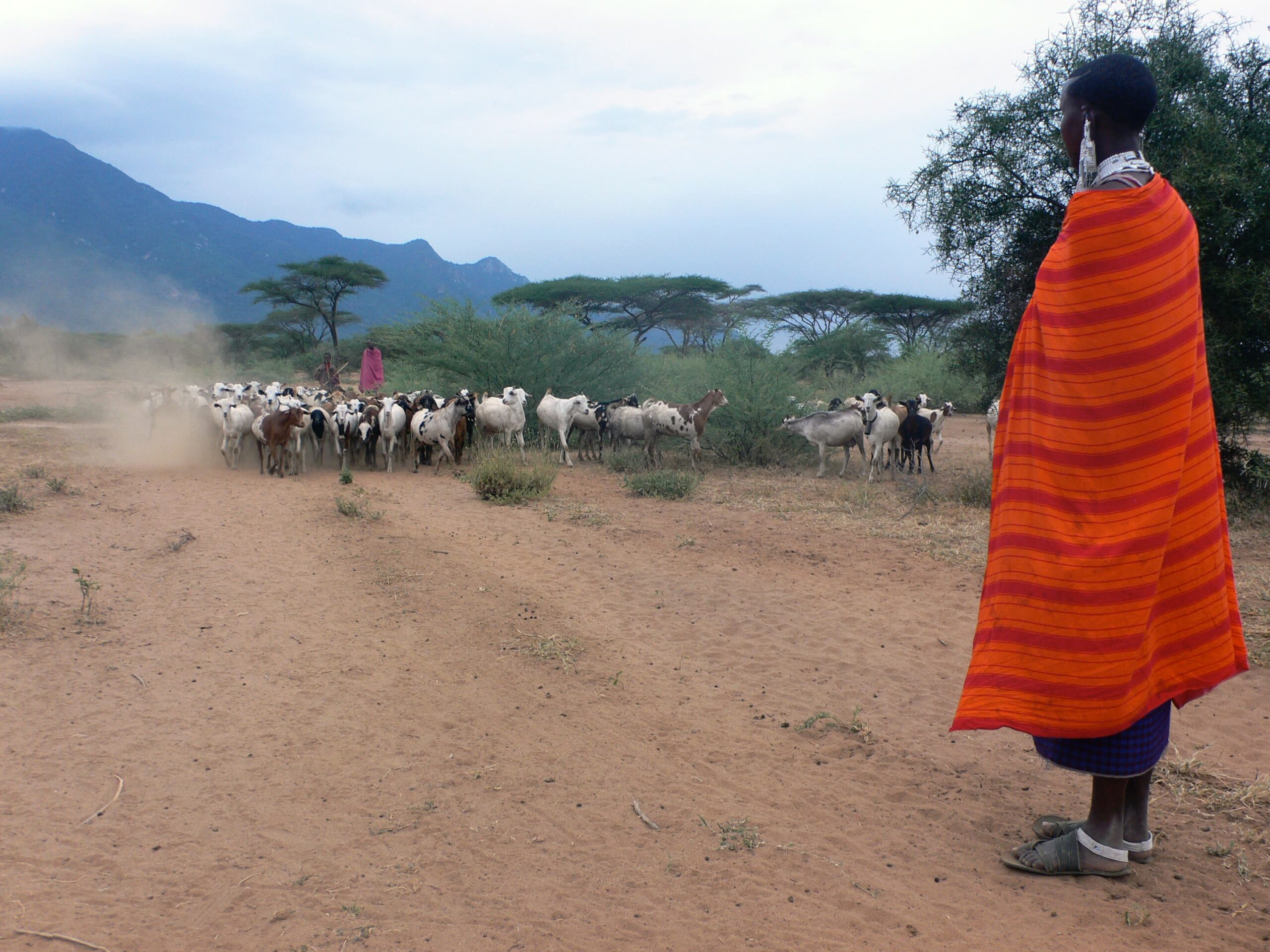
Climate Change Threatens Good Food For All
Africa and other developing regions are the worst hit by climate induced disasters including biodiversity loss, water shortages, reduced food production resulting in intergenerational cycles of malnutrition, loss of lives and reduced economic growth (IPCC). Unfortunately, climate impacts currently far outpace much needed action on adaptation which is making way in some corners of the continent.
However, one-third of the world’s people, mainly in least developed countries and small island developing states, are still not covered by early warning systems.
In Africa, 60% of people lack vital coverage (UNFCCC). To safeguard both people and the planet, these solutions need to be scaled-up to reach people in the most remote areas. Therefore, basic weather observation stations must be established as today, 70% of Africa’s infrastructure is yet to be built. Such infrastructure must be resilient, to ensure reduced post-harvest losses, enhance urban food security and increase farmers’ income (Global Centre on Adaptation).
Going forward it is important for the people of Africa to focus more global attention on adaptation efforts and ultimately demonstrate political will to finance adaptation as promised at COP26.
Finance for Africa’s Environment to Secure Good Food for People and Economies
Cumulatively, Africa seeks $25 billion worth of investments in the next three years for adaptation projects, including improving agricultural resilience and infrastructure.
“If we want our continent to thrive, we have to adapt to climate change – and to achieve this, adaptation financing needs to start flowing at scale”- Ghana President Nana Afuko-Addo.
Unfortunately, projections by the Global Center on Adaptation reveals that at the current rate of funding, cumulative adaptation finance up until 2030, will come to less than a quarter of the estimated needs stated by African countries in their National Determined Contributions (NDCs).
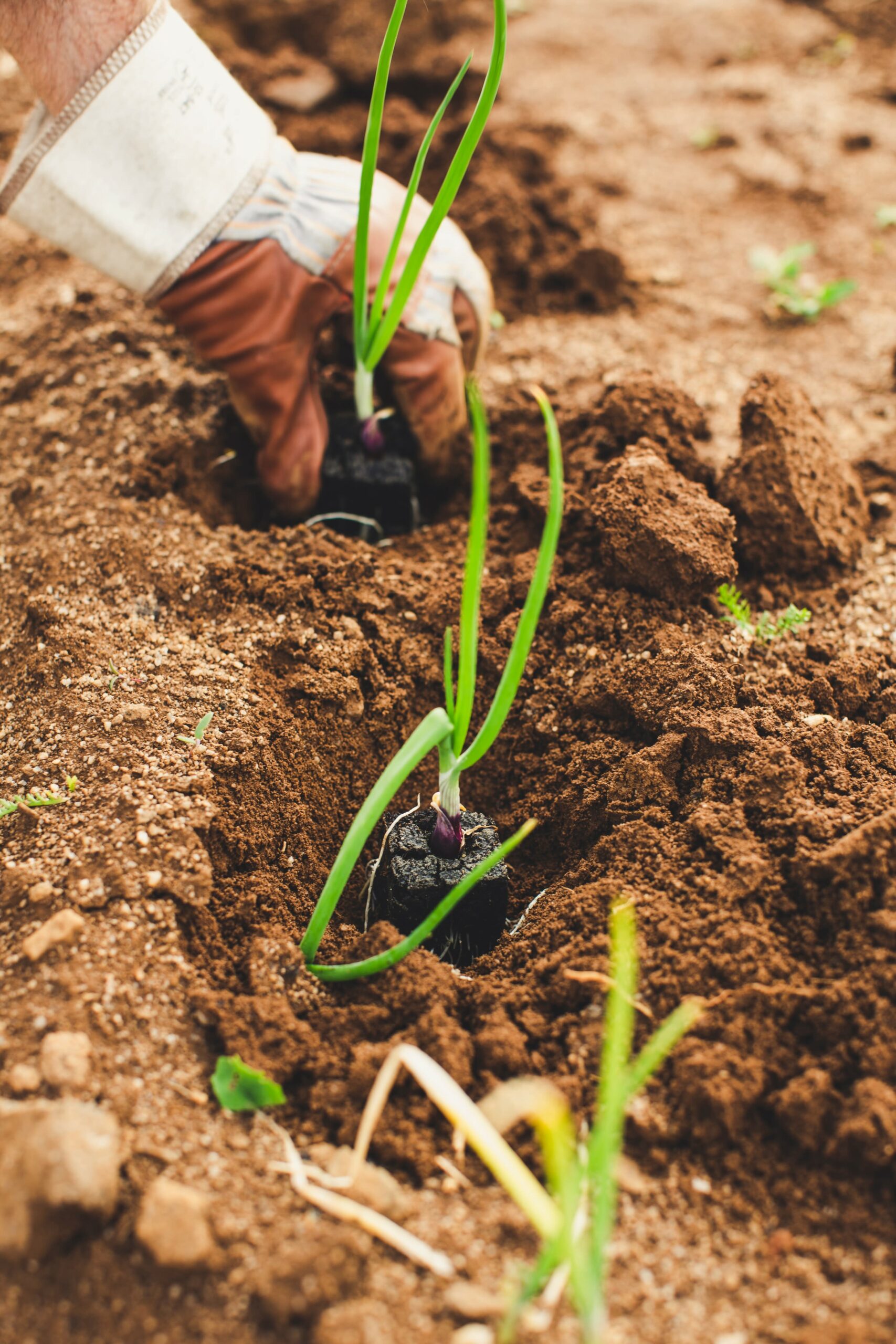
As we look forward to COP28 in Dubai, a breakthrough on finance for climate adaptation is urgently needed. The Africa Adaptation Acceleration Program endorsed by the African Union, is one of the best vehicles we have to ensure the adaptation investment shortfall in Africa is met with action from all available sources including the private sector.
The program also aims to scale up access to climate-smart digital technologies, and associated data-driven agricultural and financial services, for at least 30 million farmers , supporting food security in 26 African countries, and reducing malnutrition for at least 10 million people.
As Wangari Maathai said, “we as a global community cannot tire”. More projects like Wangari Maathai’s GBM are urgently needed across Africa to enable communities build resilience against accelerating climate change, deforestation and biodiversity loss. These need to be scaled-up with enhanced funding from the private sector, and the largest historical emitters have a duty to support Africa adapt to extreme weather events through the clean energy transition.
